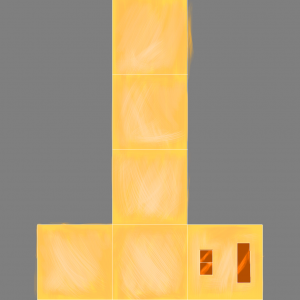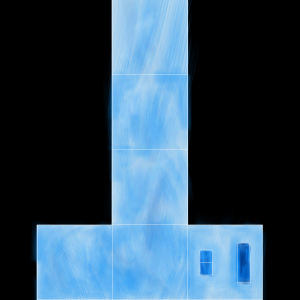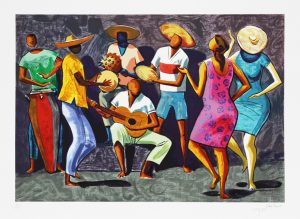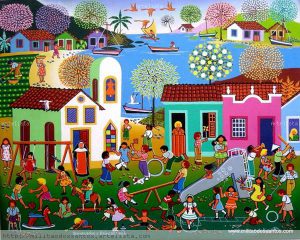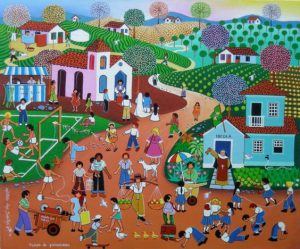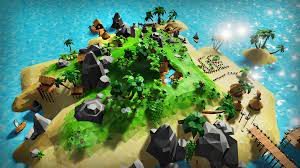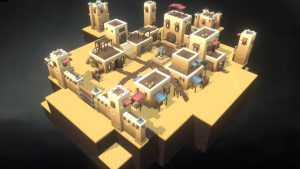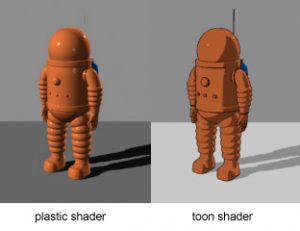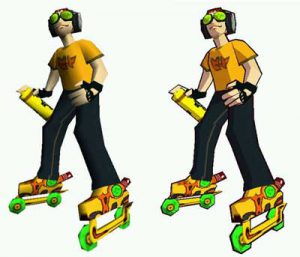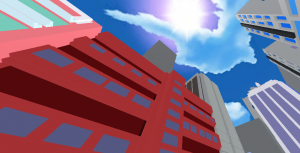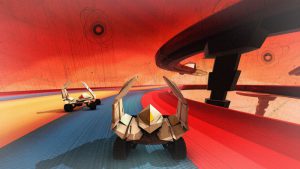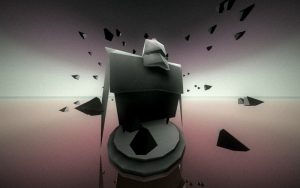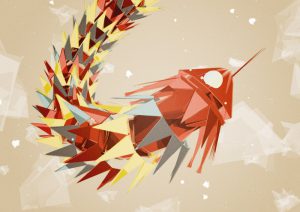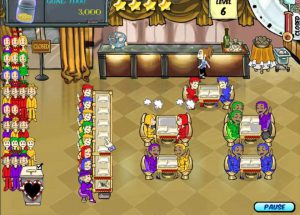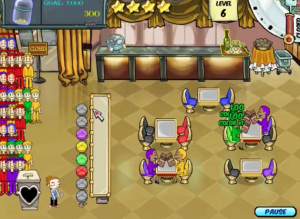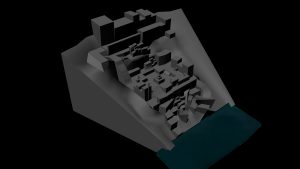
model update ^
Changes:
- No Separate Islands / Lands. The game will take place in one town to cut down on modelling, but the town will have 4 areas or boroughs to indicate different sub-cultural spheres.
- No Opposing Cultures. The game will focus more on intra-cultural divisions instead of intercultural. Race will still be a factor in how the npc’s interact with you.
- No Differing Storyline. Each avatar will have the same storyline/goal. Your gameplay experience changes only in the way you are able to achieve this goal, and the npc’s who will help you.
- No Fighting. The game is a socialization game, meaning your only way to accomplish your goal is to ask people around you.
- Less Modelling/Variety in Assets. The environment is constructed to the favela town vibe, so I would be constructing probably about 4-5 buildings total for each of the 3 boroughs, in addition to 1-2 buildings/homes you can actually enter. I plan to have buildings modelled as soon as possible (within a week) so I can focus on storyline, character modelling, and dialogue. Faceless characters would allow for quick stylized modelling of people.
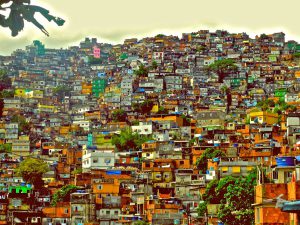
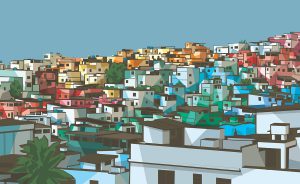

New Proposal
First Person game. On foot.
The game will take in your race (via picture or some device) as well as your name, and then will choose one of 4 avatars matching closest to your complexion. You will not have a choice in which avatar is chosen.
You will start in one of the 4 “sides of town”. Each avatar has a corresponding side of town. The areas are not completely distinguished but serve as more of a spectrum between very high-end to very impoverished and run down.
There is a dance competition that evening and your friend is injured. You must have a team of 3 others to compete. Your goal is to find the 3 of best dancers in the town by 6 pm and recruit them for the competition that afternoon. You must find them through talking and asking others, some will be more willing to help you than others.
Your avatar will impact the responses you get from people and which non-player characters will help you find who you’re looking for. For example, as Avatar1, the homeless NPC might yell at you to go away. But as Avatar2, he might tell you where the person is. As Avatar3, he may lie and lead you in the wrong direction.
Dialogue boxes

Proof of Concept
